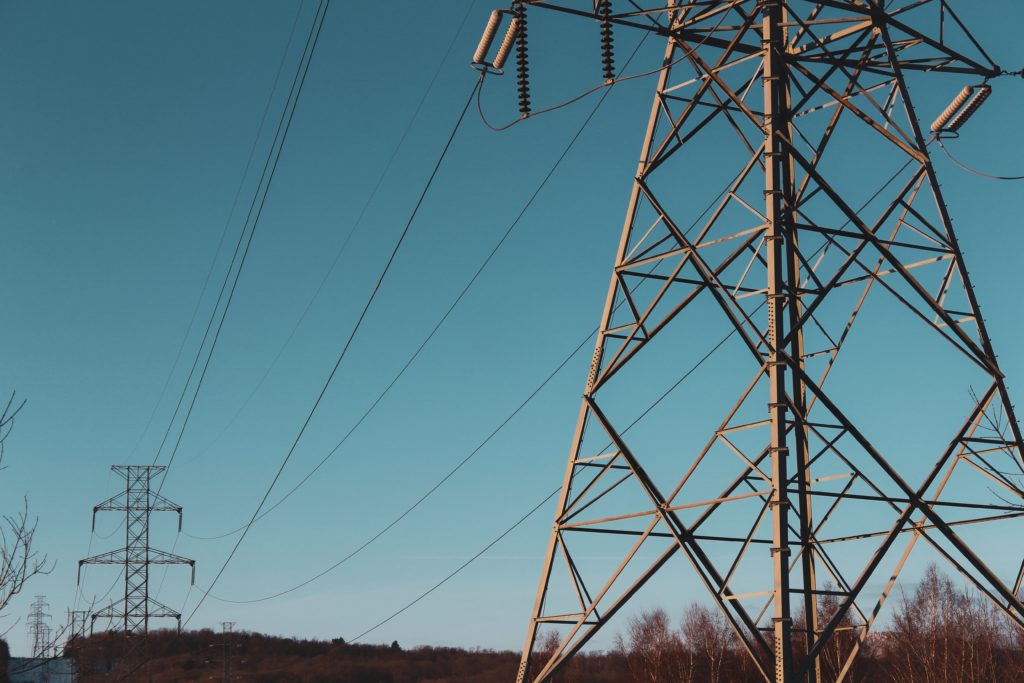
Cost certainty, reducing wait times and more flexible agreements with utilities are crucial to solving the US’ interconnections problems that are holding the country back from reaching its renewables targets, according to a panel of experts at the RE+ tradeshow in Anaheim, California.
The conference discussion entitled Interconnection Queue Reform for Renewable Energy Development brought together four experts on interconnection to explore the solutions to the US’ interconnection problems, with roughly 1TW of bulk renewable power current sat dormant in the country’s queues.
“Interconnection is everything,” declared Rob Gramlich, founder and president of Grid Strategies, who added that problems with interconnection were now the biggest factor holding the US renewables sector back following the passage of the Inflation Reduction Act (IRA), which looks set to turbocharge the US solar sector.
Gramlich said the root cause of the problem is a lack of transmission capacity and poor grid planning as he repeated calls to proactively plan the US’ grid buildout.
Indeed, ad hoc changes and plug-ins are not the right way to plan the energy transition, said Digaunto Chatterjee, vice president of system planning at Eversource, adding that the US transmission sector needed to establish, and then implement, a holistic plan for the country’s transmission infrastructure.
Such is the uncertainty of the US’ interconnection system that developers are increasingly applying for myriad projects in the hope that a few will be approved. But this situation simply causes further backlogs and delays in interconnection queue, compounding the problem further, the panel said.
Eva Wang, senior manager of interconnection at TotalEnergies, said policymakers should focus on three separate aspects of the US’ transmission system: cost certainty, reducing wait times and more flexible agreements with utilities.
When it comes to cost certainty, Wang said developers would likely take the burden of high upgrade and connection costs so long as those costs remained the same. In practice, however, those costs are constantly changing and, given the length of queue wait times, can fluctuate significantly by the time the project actually gets off the ground.
Wang said cost estimates based on a price per megawatt basis would increase certainty for developers and massively help project economics, while Melissa Alfano, director of Energy Markets and Counsel at SEIA, said transmission hosting capacity maps should be made available so that developers can analyse project locations, distribution and substation capacity and necessary upgrades prior to proposals, again saving time and money.
The second issue needing to be addressed is the speed of applications, with utility-scale projects taking up to four years to connect to the grid and come online, with this steadily rising with each day that passes.
The panel suggested a number of measures to address the situation, not least cluster studies need to be implemented that can allow developers to start work on projects while their requests are being processes, rather than the current system of prohibitive serial studies.
Wang also added that greater communication was required between developers, customers and utilities as lots of time gets wasted in inefficient back-and-forth questions and clarifications, which can add months of delays. Moreover, there needs to be a “clear point of escalation” when utilities and developers do not agree.
The third and final area concerns more flexible agreements with utilities. “We need more flexible interconnection agreement that can adapt to changes in the market and future,” said Wang, adding that recent market shocks such as COVID-19 and supply chain difficulties have underlined the importance of flexible arrangements when it comes to costs and predefined terms.
Moreover, the current length of interconnection queues and delays in the process make those flexible agreements even more important as the circumstances and context surrounding a project will have changed considerably over the years a company is waiting in the interconnection queue, as will the associated costs, added Wang.
On Monday (19 September), PV Tech reported more details around the US Department of Energy’s (DOE) Interconnection Innovation e-Xchange (i2X) programme that is seeking to bring stakeholders together to find workable solutions to the US’ interconnection problems.
i2X will address the core issues surrounding grid connection through its ‘four pillars of support’, which are increasing stakeholder engagement, having better and more transparent data, developing a five-year strategic roadmap and providing technical assistance to partners.
Panelist were also cautiously optimistic about upcoming legislation, due today, from Senator Joe Manchin and Chuck Schumer, dubbed the permitting-reform bill, that is designed to make it easier, faster and cheaper for the US to build out its transmission system. More on this to follow soon…
